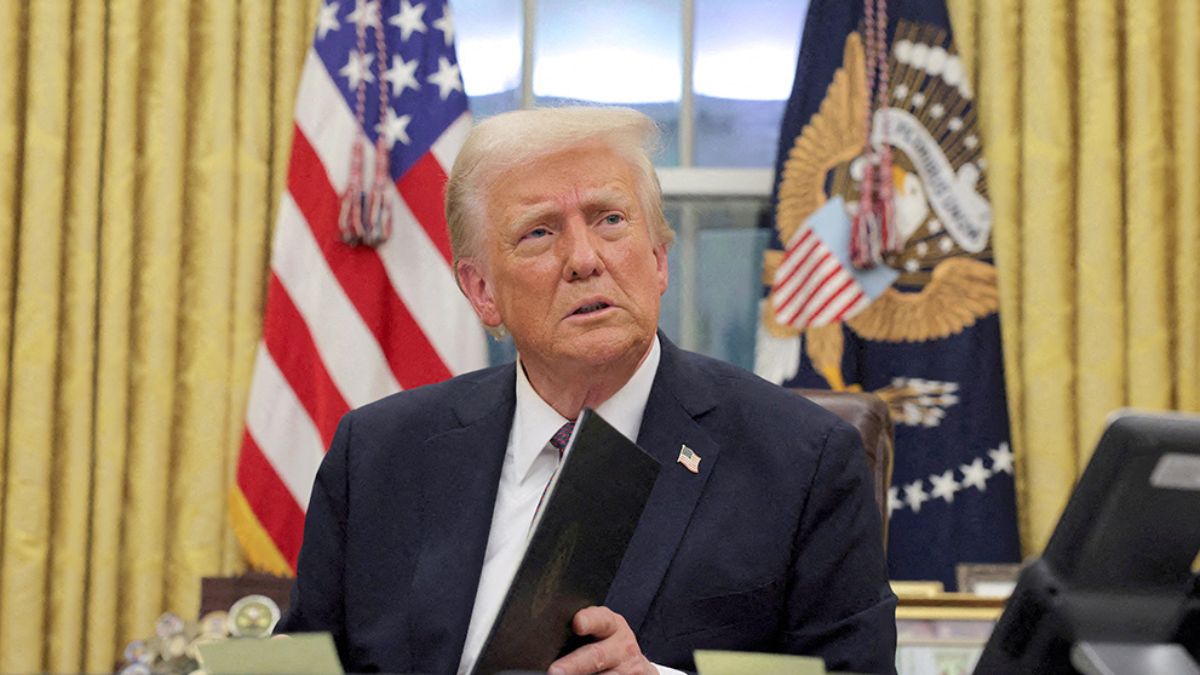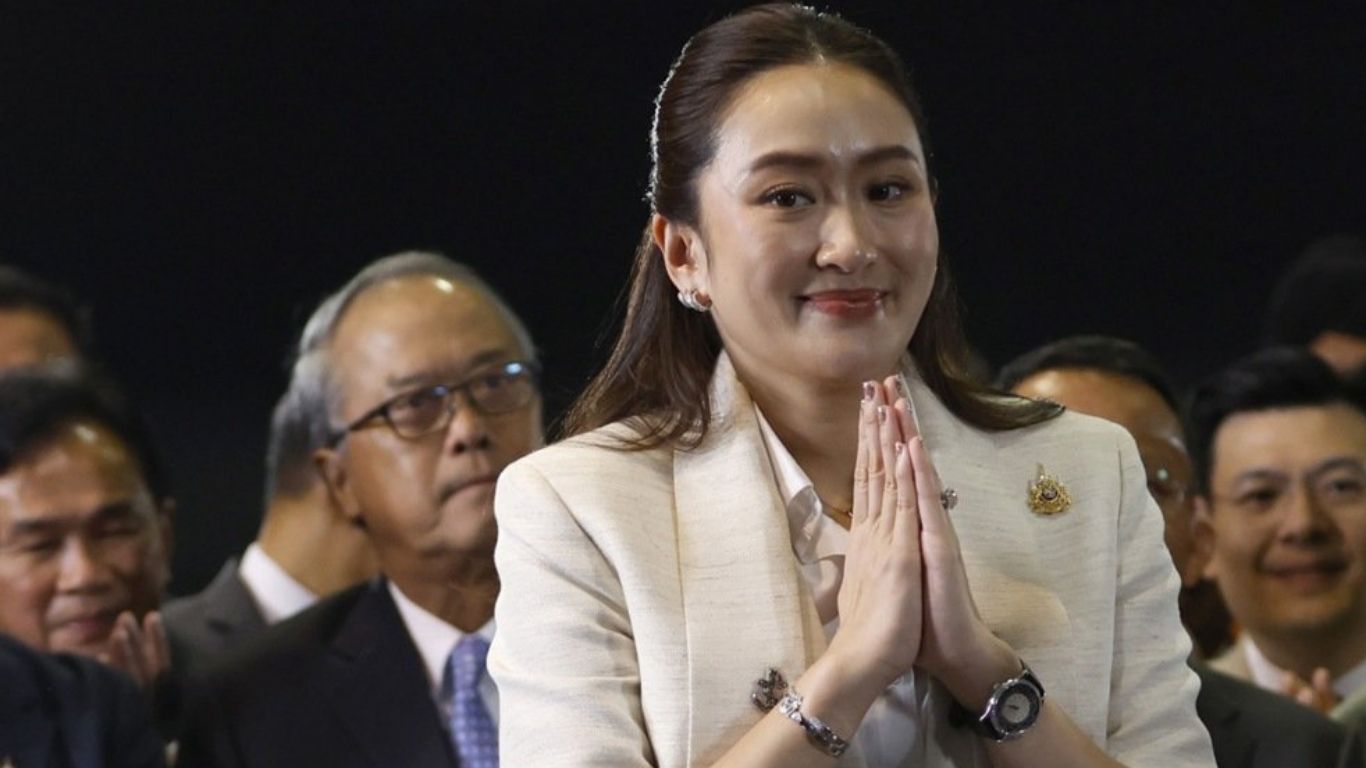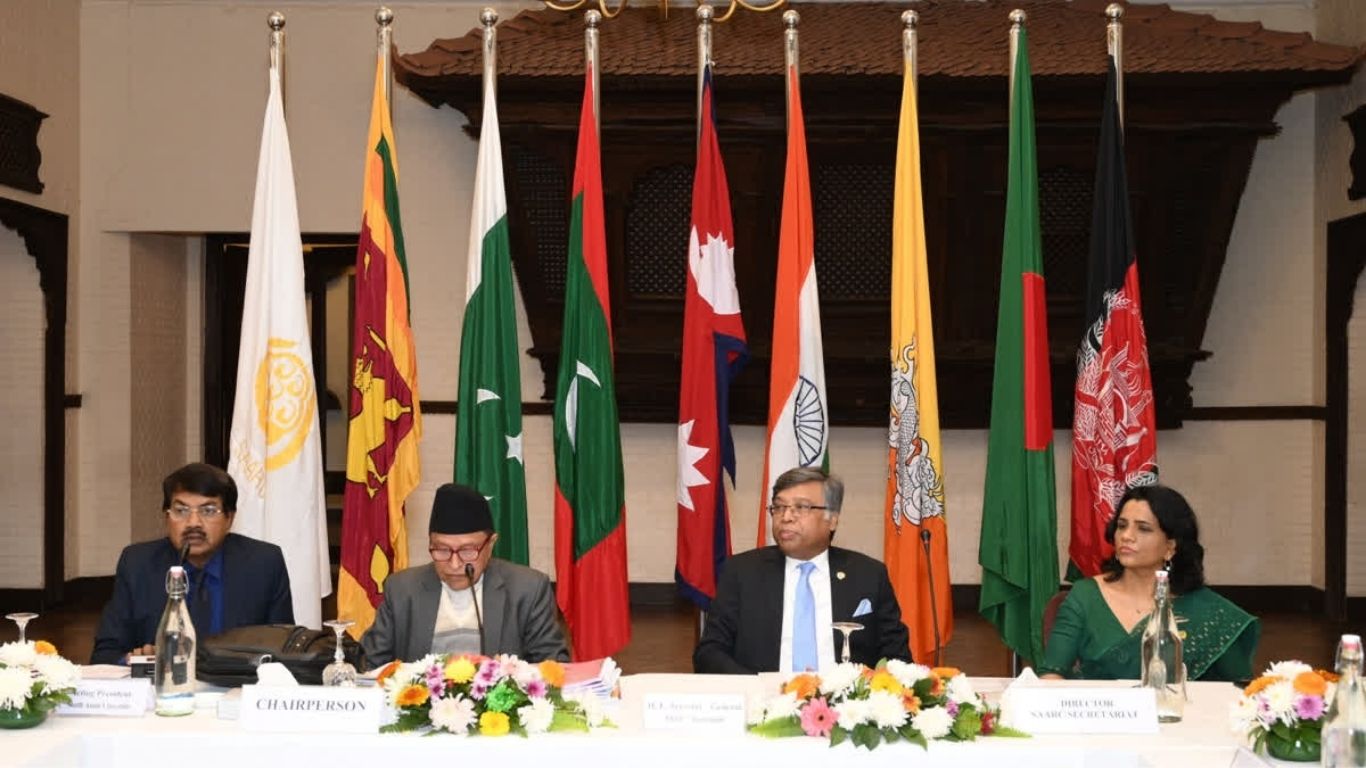In a world where missiles fly faster than diplomatic cables, the U.S. insistence on North Korea’s complete denuclearization feels like chasing a ghost in a fog. A recent New York Times opinion piece slices through the haze, exposing the futility of Washington’s hardline stance against Pyongyang’s nuclear arsenal. The argument is blunt: demanding完整 disarmament from a regime that sees nukes as its lifeline is not just impractical it’s a recipe for stalemate. Instead, the piece pushes for a sharp pivot to pragmatic diplomacy to tame the growing threat and stabilize the region. What follows is a reimagined take on that argument, distilled with a skeptic’s eye and a nod to the fearless truth-seekers who don’t shy away from calling out policy flops.
The Nuclear Fixation: A Policy Stuck in Time
Let’s start with the obvious: North Korea isn’t giving up its nukes. Kim Jong-un, the third in his family’s dynasty, isn’t running a charity. His nuclear arsenal estimated at 50 warheads with material for up to 40 more isn’t just a bargaining chip; it’s the regime’s insurance policy. Kim watched the U.S. topple regimes in Iraq and Libya, countries that lacked the nuclear shield he now clutches. The message was clear: no nukes, no survival.
Compare this to Iran, where U.S. airstrikes recently targeted nuclear facilities. Tehran’s program is a toddler next to Pyongyang’s battle-hardened beast. North Korea’s missiles, including intercontinental ballistic ones (ICBMs), can likely hit any major U.S. city, while its shorter-range arsenal threatens allies like South Korea and Japan. The James Martin Center for Nonproliferation Studies has tracked dozens of sites, many burrowed underground, with facilities like the Yongbyon nuclear complex and Kangson plant churning out plutonium and uranium. This isn’t a program you dismantle with a stern letter or a sanctions pen.
Yet, Washington clings to a mantra of “complete, verifiable, irreversible denuclearization.” It’s a catchy phrase, sure, but about as useful as a paper umbrella in a monsoon. The U.S. military already plans for a nuclear-armed North Korea, gaming out scenarios where Kim’s missiles are a fact, not a maybe. So why does diplomacy lag behind, stuck in a fantasy where Pyongyang hands over its warheads like a kid surrendering candy?
“Insisting on total denuclearization is like demanding the tide not to rise. It’s not just futile it’s wasting time we don’t have.”
A Trail of Failed Handshakes
The U.S. has tried to crack this nut before, and the results are a museum of diplomatic flops. The 1994 Agreed Framework promised aid for nuclear restraint but crumbled under mutual suspicion. Fast-forward to 2018-2019, when President Trump and Kim traded smiles and summits in Singapore and Hanoi. For a moment, it looked like progress until Washington’s all-or-nothing demands met Pyongyang’s refusal to play ball. Trump’s later overtures, offering talks without preconditions, fizzled too. No surprise there: trust is hard to build when both sides are holding knives.
The problem isn’t just mistrust; it’s the disconnect between reality and policy. North Korea’s nuclear program isn’t a side hustle it’s woven into its military DNA. The regime has tested hydrogen bombs for strategic deterrence and smaller tactical warheads for battlefield use. It’s even cozying up to Russia, swapping missile tech and maybe eyeing nuclear submarines. China, meanwhile, remains a quiet but steady backer. This isn’t a country you can bully into submission with sanctions or saber-rattling.
The Case for a New Playbook
So, what’s the alternative? The New York Times piece argues for a reality check: accept North Korea as a nuclear power not as a pat on the back, but as a starting point. The goal isn’t to celebrate Kim’s arsenal but to freeze it. Offer sanctions relief in exchange for a halt on new warheads and missile tests. It’s not perfect, and allies like South Korea and Japan will grumble, worried about rewarding bad behavior. But the status quo endless demands for disarmament hasn’t exactly delivered peace.
“Diplomacy isn’t about liking your enemy; it’s about keeping the world from burning.”
This approach isn’t naive. It’s grounded in the cold math of North Korea’s capabilities. Satellite imagery, like that analyzed by the James Martin Center, shows a sprawling nuclear network too entrenched to uproot. Dismantling it entirely would require trust, resources, and time none of which exist in abundance. A freeze, though, is measurable. It buys time, opens channels, and lowers the odds of a miscalculation sparking war.
The U.S. could also establish formal diplomatic ties with Pyongyang. No, this doesn’t mean inviting Kim to a barbecue. It means setting up channels to talk during crises, reducing the risk of missiles flying over a misunderstanding. Right now, the lack of formal relations is a self-inflicted wound. When tensions spike, Washington has to rely on backchannels or intermediaries like耐心, which is like playing telephone in a war zone.
The Cost of Sticking to the Script
Sticking to the old script demanding total denuclearization has consequences. North Korea’s program keeps growing, with new facilities and tests popping up like weeds. Its alliances with Russia and China are tightening, raising the stakes. Meanwhile, U.S.-South Korea military exercises now include nuclear scenarios, a grim nod to the threat’s reality. Sanctions, while punishing, haven’t stopped Kim. They’ve hurt North Korea’s people, sure, but the regime’s priority is survival, not humanitarian awards.
The New York Times piece doesn’t sugarcoat the regime’s abuses human rights violations, starvation policies, the works. But it argues that the nuclear threat is too big to ignore just because Kim’s a bad guy. Morality can’t trump math. A nuclear-armed North Korea is here, and pretending otherwise is like ignoring a ticking bomb because you don’t like the clockmaker.
A Dose of Self-Deprecation
Let’s be honest: the U.S. hasn’t exactly covered itself in glory here. Decades of policy failures, from ignored agreements to botched summits, show a knack for missing the mark. It’s tempting to double down, to keep shouting “denuclearize!” like a broken record. But as Einstein supposedly said, doing the same thing and expecting different results is insanity. Washington’s not crazy just stubborn. And stubbornness doesn’t stop missiles.
“We’re not outsmarting Kim by repeating a strategy that’s failed since the 90s. It’s like losing at chess and demanding a rematch with the same moves.”
The Path Forward
The path forward isn’t glamorous. It’s a grind of talks, concessions, and compromises that’ll make everyone’s skin crawl. Freezing North Korea’s program means giving Kim something sanctions relief, economic aid, maybe a grudging nod to his nuclear status. It means convincing allies like Japan and South Korea, who’ve got legitimate fears, that a freeze is better than an arms race. It means building communication lines to avoid a war nobody wants.
The Arms Control Association estimates North Korea’s fissile material stockpile could support dozens more warheads if left unchecked. That’s not a hypothetical; it’s a ticking clock. Diplomacy, messy as it is, offers a chance to slow it down. It’s not about trust it’s about survival.
Wrapping Up the Mess
The New York Times opinion piece lays it bare: clinging to a dream of a nuclear-free North Korea is a dead end. The U.S. needs to wake up, accept the reality, and play the hand it’s been dealt. A freeze, diplomatic ties, and a focus on de-escalation won’t make headlines or win applause. But they might keep the world from glowing in the dark. In a game this high-stakes, that’s the best we can hope for.



